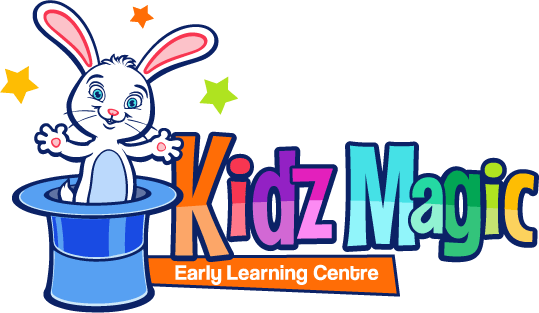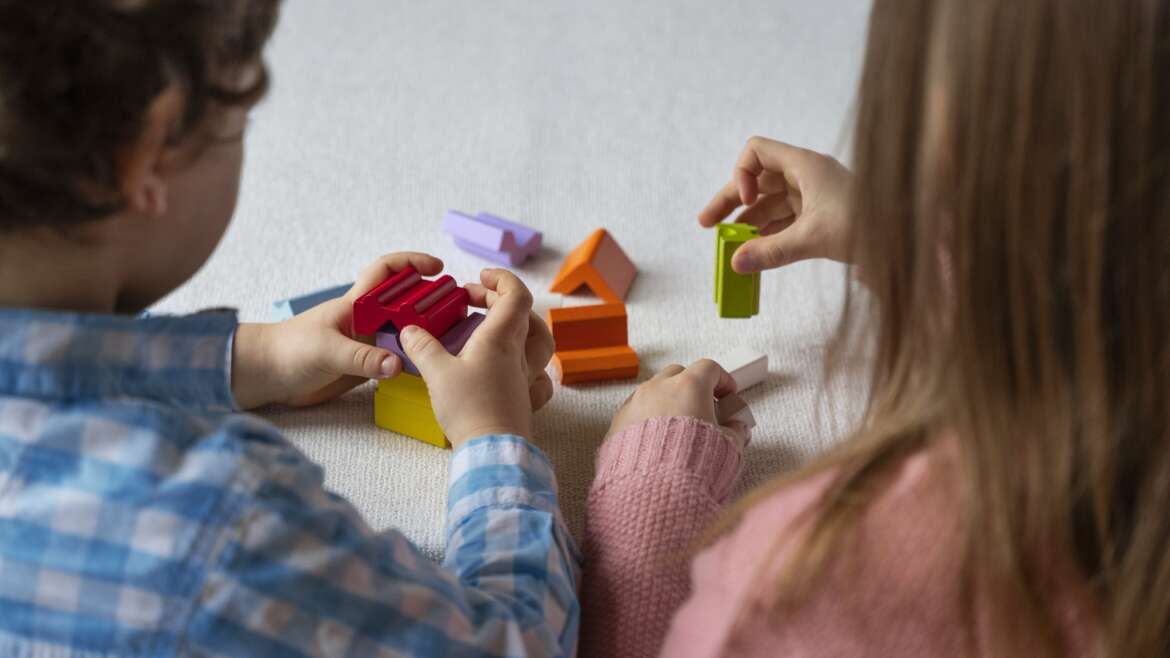Understanding mathematical concepts in early childhood creates a strong foundation for children’s development and supports their growth into curious, analytical thinkers. Mathematical skills are not just about numbers; they nurture a range of essential skills which children will use throughout their lives. By exploring ideas like patterns, shapes, and quantities, children learn to observe, compare, and make decisions; skills that are fundamental not only to math but to problem-solving and logical reasoning across all areas of learning.
Early experiences with math strengthen children’s confidence and resilience. For instance, when children discover how to build a tower with blocks or fit shapes together, they learn the value of trial and error and persistence. Developing these skills at a young age supports them in becoming independent learners who approach new tasks with curiosity and creativity.
The beauty of math in early childhood settings is that children don’t need sophisticated or expensive toys to develop these skills. Everyday materials such as recycled boxes, paper roll tubes, and other tactile resources offer endless opportunities to explore mathematical concepts in ways that feel natural and fun. Activities that encourage children to sort, stack, count, and create, produce an understanding of math that makes sense to them. This hands-on approach supports not only their mathematical thinking but also helps them build social skills as they share, collaborate, and communicate their ideas with others.
A Common Classroom Scenario
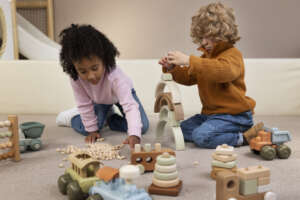
In the corner of a vibrant room for three-to-five-year-olds, a small group of children—Lily, 4; Max, 3; and Zara, 3—are busy playing with blocks. Max carefully stacks his blocks in a tower, forming a repeating red-blue-green sequence. Lily builds a “road” with her blocks, carefully making sure each piece lines up precisely with the one behind it. Zara has a pile of different-sized blocks which she is organising by shape, grouping the round blocks separately from the rectangular ones. Though it may not be obvious, especially to them, these children are naturally engaging in mathematics through their interactions with objects and play activities.
Mathematical Thinking in Action
Patterns and Predictions: Max is observing and creating patterns, by repeating a sequence of colours with his blocks. He notices when the sequence isn’t quite right and adjusts his stack, showing his understanding of repetition and order in patterns.
Shapes and Spatial Thinking: Zara is recognizing shapes by sorting her blocks based on their forms, grouping all the circles and squares separately. She describes some blocks as “pointy” or “round,” using early spatial language to explain their features.
Quantity and Counting: Lily counts each block as she places it down, saying, “One, two, three…”. This helps her understand quantity and develop one-to-one correspondence as she matches each block to a number word.
The Role of an Early Childhood Educator
The role of an early educator is to support and extend playful learning to create an environment where children feel safe and encouraged to explore, ask questions, and make discoveries. Through careful observation and engagement, educators tailor their interactions to each child’s unique way of learning and communicating. They use a range of communication methods, such as non-verbal cues, spoken language, visual aids, and hands-on activities, to ensure every child can engage in a way that feels natural and enjoyable for them. For example, when children are exploring blocks or recycled materials, the educator might use gestures and visual demonstrations to show how they can stack or arrange items, while using descriptive language to support their understanding of shapes, sizes, and patterns.
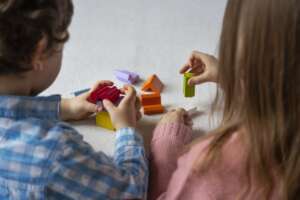 Understanding that mathematical thinking is part of everyday life, educators aim to highlight these connections for children in meaningful ways. Whether it’s counting the pieces of fruit during snack time, noticing patterns in the playground, or measuring ingredients during a cooking activity, incorporating real-world examples of math concepts to help make learning feel relevant and connected to their experiences. This approach helps children see math as a natural part of their world and encourages them to think mathematically outside of structured lessons.
Understanding that mathematical thinking is part of everyday life, educators aim to highlight these connections for children in meaningful ways. Whether it’s counting the pieces of fruit during snack time, noticing patterns in the playground, or measuring ingredients during a cooking activity, incorporating real-world examples of math concepts to help make learning feel relevant and connected to their experiences. This approach helps children see math as a natural part of their world and encourages them to think mathematically outside of structured lessons.
Technology has also become an important tool in providing diverse numeracy experiences. Interactive apps, games, and child-friendly software can introduce children to concepts such as counting, sequencing, and problem-solving in a playful, engaging way. Incorporating technology thoughtfully can create opportunities for children to explore math concepts independently, allowing them to gain familiarity with numbers and shapes while practicing digital literacy. This balanced approach to using technology provides children with valuable skills that they will need in an increasingly digital world, while still ensuring that hands-on, real-world experiences remain at the heart of their learning.
In this way, an educator’s role is not to provide all the answers. It is to facilitate discovery and curiosity. An educator’s role of supporting and extending children’s playful learning comes in the form of being present, responsive, and intentional with their interactions, offering the right blend of guidance, freedom, and tools to help each child grow as a confident and inquisitive learner.
What can Parents do?
To support your child’s mathematical learning at home, try incorporating a playful activity like pattern play, with everyday objects. Gather a variety of small household items, such as
buttons, bottle caps, or even colourful fruits, and encourage your child to create simple patterns by arranging these items in a sequence, like “red, blue, red, blue.” You can also take turnscreating a pattern for the other to extend or “fill in the gap” if an item is missing. There are no wrong answers in a game like this. You can give suggestions for patterns and allow them to fulfill it, although the game is sometimes more interesting when you allow your children to interpret the objects and the rules themselves, often they’ll come up ideas for patterns and sequences that you couldn’t have imagined.
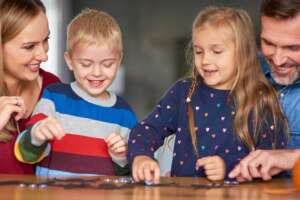
While doing this activity, observe your child’s pattern recognition and prediction skills. Notice if your child can identify and repeat a pattern you started, as well as predict what item should come next in the sequence. Recognizing and continuing patterns is a foundational math skill, that will support their understanding of more complex mathematical sequences in the future. Also, the activity is fun, and great way to spend time with your kids!
Written by: Natasa Kasumagic
